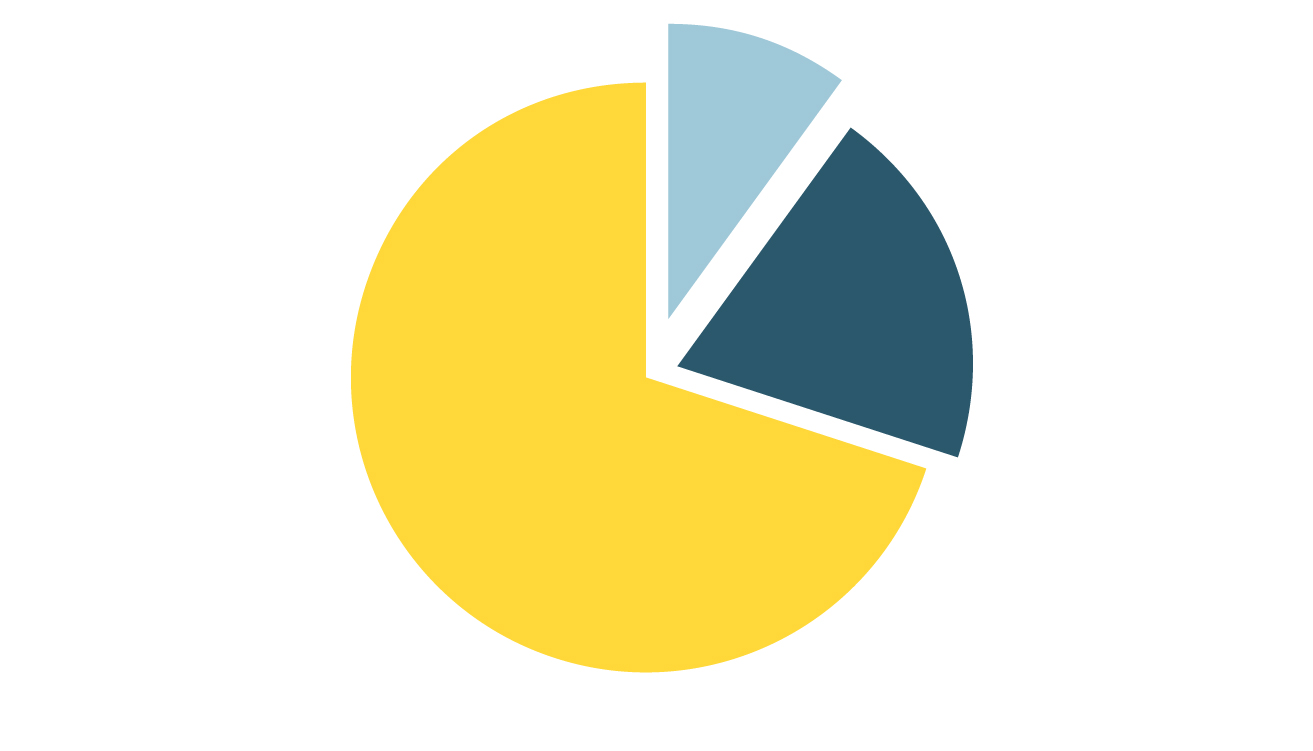The Car Selection Explained
Euro NCAP is committed to providing reliable, comprehensive and timely consumer information on the safety of new cars and believes its processes ensure an accurate rating of vehicles’ performance.
Below a brief explanation is given.
Does Euro NCAP Test Every New Car ?
It is not possible for Euro NCAP to test every new car that comes onto the market, nor can it test all variants of each car offered by the manufacturer.
To provide the broadest range of consumer information, each year a selection is made of the most popular and interesting models. In most cases, these are new cars that just enter the market, however, Euro NCAP can also test cars that are already on sale.
UP TO 4 CARS ARE NEEDED FOR AN ASSESSMENT BY EURO NCAP
Who Decided What Cars Are Tested ?
Every member organisation of Euro NCAP sponsors the assessment of at least one car model per year. They may choose a vehicle which is of relevance to their own domestic market or one which is particularly important in a certain market segment. In addition, vehicle manufacturers can sponsor their own cars. The process followed is exactly the same for both cases.
What Car Variant Does Euro NCAP Test ?
When a car has been nominated for testing, Euro NCAP asks the manufacturer for information about the best-selling variant and the fitment of safety equipment across Europe. From this information the test variant is derived. In general, the test variant must have safety equipment fitted as standard. In exceptional cases, Euro NCAP allows optional technology to be fitted on the test variant, but only if the option is available on a high number of cars sold and only for a short introduction period. From 2016, all cars have a basic rating, for which Euro NCAP uses a car fitted only with standard equipment. Some cars also have an optional, second star rating for which a car fitted with an additional ‘safety pack’ is used. For previous years, Euro NCAP tested cars which, in general, had only standard safety equipment. In exceptional cases, Euro NCAP allowed optional technology to be fitted on the test variant, but only if the option was available on a high number of cars sold and only for a short introduction period.
Where Does Euro NCAP Get the Cars for Testing ?
Up to 4 cars are needed for an assessment by Euro NCAP. If a car model is already on sale, Euro NCAP will generally buy cars from dealers, in the same way that consumers do. Cars are bought anonymously, either from a single dealer or from several. Once the cars are at the test laboratory, the manufacturer is informed of the vehicle identification numbers (VINs) and are asked to confirm the specification. If a production change has been made since the cars were produced, for example to an item of safety equipment, the manufacturer may ask for the current part to be fitted to the vehicle. This ensures that, when they are released, the results are representative of current production cars.
What If Cars Are Not Yet On Sale ?
It is important to publish results as soon as possible in the life-cycle of a vehicle so that as many consumers as possible are able to make an informed choice. This means that Euro NCAP sometimes will test cars which are not yet available at dealers. In these circumstances, Euro NCAP selects cars from early production. Euro NCAP may visit the manufacturing plant to choose cars at random or VINs may be selected randomly from a list provided by the manufacturer. When the cars arrive at the test laboratory, they are checked to ensure they have the correct items of safety equipment. Under no circumstance Euro NCAP will test vehicles that are not fully type approved, are not from series production or not legally sellable to the general public. Any evidence found - before, during or after the tests - that casts doubt on the production status of the vehicles, will automatically lead to an invalid result and follow up investigations.
